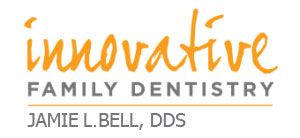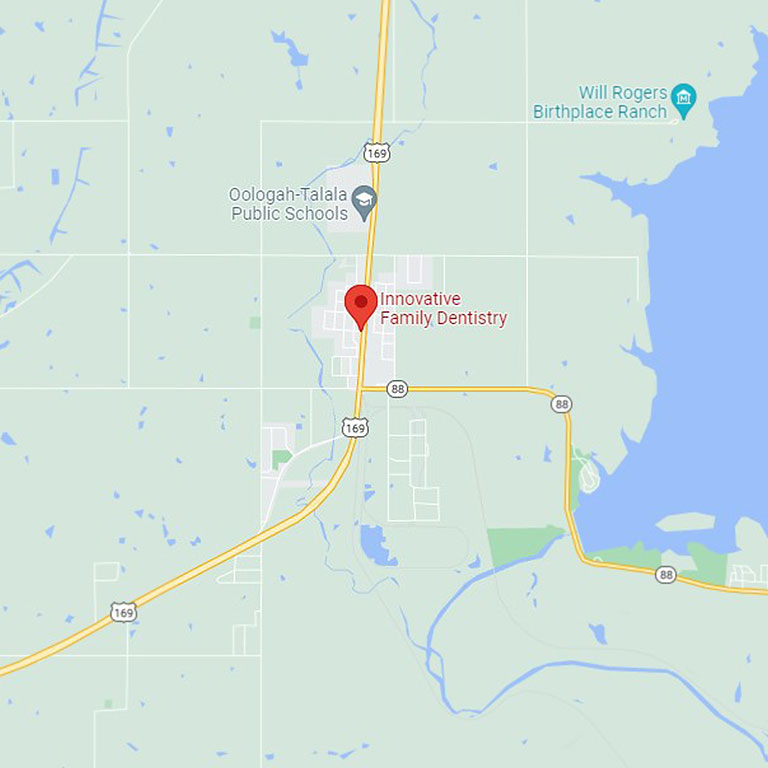Follow a Dentist’s Advice for Cleaning Braces
In addition to making your teeth more beautiful, straightening them makes it easier to keep them healthy. When bits of food and bacteria accumulate in the nooks and crannies created by crooked teeth, it’s tough to remove them with a brush and floss. While oral hygiene becomes easier after orthodontic treatment, it can be difficult while you are wearing braces. Fortunately, we have some tips for cleaning braces that will help!
Check out Dr. Bell’s tips here. Then call us at 918-379-4189 if you need to schedule your next professional cleaning or exam in Oologah. We may also suggest preventive treatments, such as applications of fluoride, to help keep your teeth cavity-free.
Consider a Special Brush for Cleaning Braces
Whether or not you wear braces, daily brushing with a fluoride toothpaste is important. It’s essential, though, for braces wearers. Choose a soft-bristled brush with a small head that fits easily into your mouth. Since braces will be hard on the bristles, you should plan to replace your brush more often than usual, at least every three months.
When you brush you will:
- Remove elastics before you start
- Pay special attention to the areas around and in between your braces
- Wrap up with an antiseptic mouthwash
- Take an over-the-counter pain reliever to lessen any discomfort you may experience if you’ve recently had your braces adjusted
You may want to consider using one of these special brushes for cleaning braces and teeth:
- Electric brush with a circular head that makes it easier to maneuver around braces
- Proxy (interproximal) brush with a triangular head and stiff bristles that can get under your wires and in between brackets
Don’t Skip Daily Flossing
You’ll want to use waxed floss, since unwashed floss has a tendency to get caught on braces. As with brushing, you can find special tools that can help you floss while wearing braces:
- Floss Threader – A threader has a loop for floss that you insert between your teeth at the gumline. With a little practice, it makes it simpler to floss.
- Water Flosser – No floss is needed with a water flosser, which uses water pressure to dislodge food and remove plaque from teeth and braces. Bonus: it massages your gums too.
- Proxy Brush – The bristles make it easier to remove food remnants.
- Dental Picks – These plastic tools come in different sizes and shapes, so you’re sure to find one that will work well for you. They help you get under wires for cleaning braces. They are especially handy to keep with you and use when it’s not possible to brush or floss after eating.
Cut Down on Sugar Consumption
While cleaning braces is critical, modifying your diet to cut down on sugary foods and drinks is perhaps even more important. Avoid sodas and sweets as much as possible. Especially damaging are sticky candies and those (like Sour Patch Kids) that are highly acidic. If you can’t brush after consuming sugary treats, rinse your mouth with water.
Clear Aligners Make Oral Hygiene Easy
One way to avoid special routines for cleaning braces is to choose aligners for your orthodontic treatment. Unlike braces, you can easily remove aligners every time you eat or drink. There are no wires or brackets for bits of food to get caught in. In addition, you can take the aligners out for oral hygiene too.
The best way to find out whether braces or clear aligners are the best solution for your smile is to schedule a consultation with Dr. Bell, a member of the American Orthodontic Society. Call us today at 918-379-4189 to schedule one.





